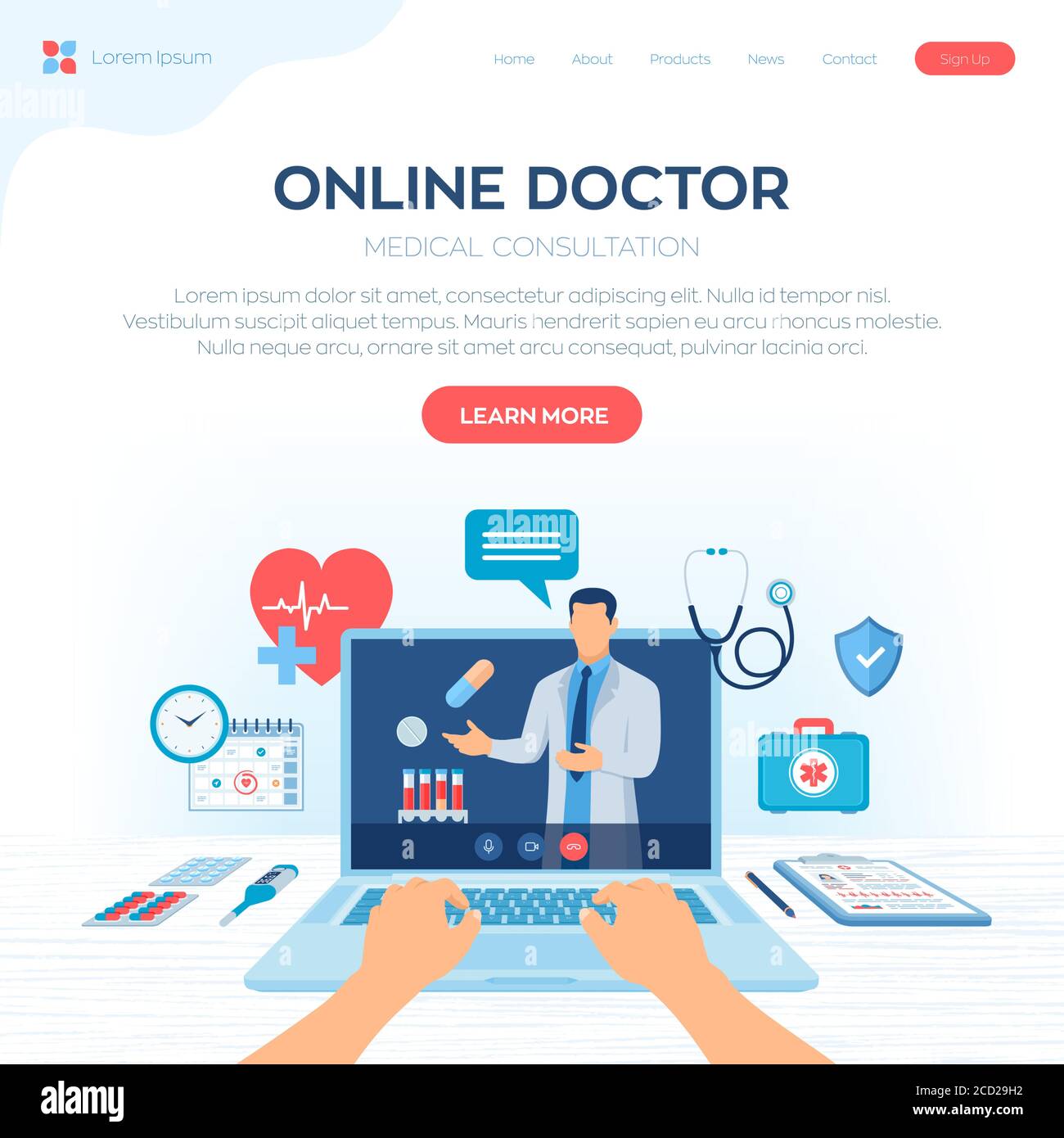The Influence of Subscription Based Healthcare on Conventional Clinical Practices
Wiki Article
Comprehending the Cost-Effectiveness of Subscription-Based Health Care Versions
As the medical care landscape evolves, subscription-based versions arise as a compelling option, assuring to redefine exactly how people handle medical expenses. Reviewing these designs' cost-effectiveness necessitates a nuanced comparison with standard insurance coverage, considering both monetary effects and patient satisfaction.Summary of Subscription-Based Versions
Subscription-based healthcare designs, occasionally referred to as straight health care or concierge medication, are significantly getting attention as a possible remedy to inadequacies within traditional healthcare systems. These versions operate the concept of offering patients straight access to doctor with a month-to-month or yearly fee, bypassing the requirement for traditional insurance policy mechanisms. This setup aims to enhance patient-provider communications by lowering management burdens, which usually hinder timely and individualized treatment.At the core of subscription-based versions is the emphasis on a much more individualized client experience. Patients gain from boosted access to their physicians, usually including same-day or next-day visits, prolonged assessment times, and straight interaction networks such as phone or video calls. This model cultivates a positive strategy to healthcare, where individuals and carriers can collaboratively focus on preventative care and persistent illness administration.

Expense Contrast With Conventional Insurance Coverage

One of the key economic advantages of subscription designs is transparency in prices. On the other hand, typical insurance policy may be much more helpful for people requiring specialized care or costly treatments not covered under a subscription design, as they benefit from the more comprehensive protection network and cost-sharing mechanisms.
Nevertheless, cost-effectiveness is context-dependent. While subscription versions may use cost savings for those mostly needing health care, individuals with persistent problems or specialized health care demands might discover traditional insurance extra thorough. Assessing certain healthcare needs and potential usage is essential in determining the most economical option for people.
Influence On Patient Fulfillment
Patient complete satisfaction within subscription-based health care versions typically reflects a substantial enhancement over traditional insurance coverage systems. This enhancement is mainly credited to the individualized care and access these designs supply. People frequently report higher contentment as a result of decreased delay times and the ease of organizing appointments. Unlike typical systems, where clients may experience delays in receiving care, subscription-based models make sure even more timely and direct communications with medical care suppliers.Furthermore, the transparency in prices related to subscription-based healthcare eases the typical disappointments associated with unanticipated charges and complicated billing processes seen in standard insurance policy (subscription based healthcare). Individuals appreciate knowing the precise economic commitment upfront, causing increased depend on and self-confidence in their healthcare management
In addition, the emphasis on preventative treatment and health in subscription designs adds to enhanced health and wellness results, further enhancing patient complete satisfaction. By concentrating on ongoing health care as opposed to episodic site web care, clients experience an even more alternative and continuous health care trip.
In addition, the improved provider-patient relationship fostered in these models, identified by even more time invested per patient and customized interest, plays a critical duty in elevating client contentment degrees, as patients really feel truly cared for and comprehended.
Provider Point Of Views and Experiences
From the provider's viewpoint, subscription-based medical care designs supply a transformative technique to supplying medical services. These versions highlight a aggressive and preventative healthcare strategy, allowing companies to concentrate on comprehensive individual treatment without the restrictions of conventional fee-for-service setups (subscription based healthcare). This change in emphasis typically leads to enhanced client results and raised company satisfaction, as health care specialists can allot even more time and resources to patient involvement and individualized care plansFurthermore, subscription designs assist in predictable profits streams, which improve financial security for doctor. This predictability enables boosted source planning and appropriation, adding to a more reliable health care shipment system. Service providers can spend in staff facilities, innovation, and training improvements, therefore boosting the high quality of treatment provided.
Nevertheless, the change to subscription-based versions is not without difficulties. In spite of these obstacles, many suppliers locate that the benefits of boosted person communication and structured operations outweigh the preliminary difficulties, making subscription-based models an attractive option.
Future Leads and Obstacles

A main challenge is regulatory conformity, as registration models have to comply with evolving medical care plans and insurance requirements. This demands continuous adaptation and innovation to ensure placement with lawful criteria. In addition, integrating these models into existing medical care frameworks can be complex, needing substantial financial investments in modern technology and training.
There is additionally the possible danger of developing inequities in medical care accessibility, as subscription models might prefer those that can afford them, leaving prone populations underserved. Resolving this calls for thoughtful factor to consider of prices techniques and aid systems to ensure inclusivity.
Conclusion
Subscription-based health care designs provide a feasible choice to standard insurance policy by providing monetary predictability and transparency, particularly profiting individuals with persistent problems or constant healthcare needs. The cost-effectiveness of these versions is contingent upon private medical care usage patterns and scenarios.Subscription-based health care designs, sometimes referred to as straight primary care or concierge medication, are increasingly getting focus as a prospective solution to ineffectiveness within typical healthcare systems. Unlike traditional systems, where people might experience delays in getting treatment, subscription-based models make sure even more straight and timely interactions with healthcare companies.
These models stress a preventative and proactive health care strategy, permitting suppliers to focus on comprehensive patient care without the constraints of standard fee-for-service arrangements. As these models continue to gain grip, they provide the potential to reinvent individual accessibility to care, enhance service delivery, and maximize health visit our website care costs.Subscription-based health care designs provide a feasible alternative to typical insurance by using financial predictability and transparency, specifically profiting individuals with chronic problems or frequent medical care requirements.
Report this wiki page